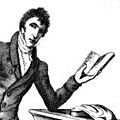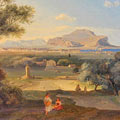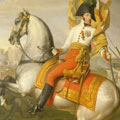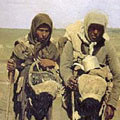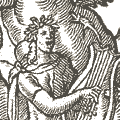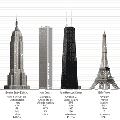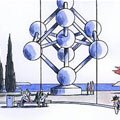Myologie Complette en Couleur et Grandeur Naturelle (1746)
anatomische prenten van Jacques Fabien Gautier d’Agoty
anatomische prenten van Jacques Fabien Gautier d’Agoty
In 1746 verscheen in Parijs het boekwerk Myologie Complette en Couleur et Grandeur Naturelle met mezzotints van Jacques Fabien Gautier d’Agoty. Lichaamsdelen staan uitgestald als auto-onderdelen. Het komt overeen met de visie van de Franse arts en filosoof Julien Offray de La Mettrie die twee jaar later beroemd zou worden met zijn boek L’homme machine (1748) waarin gesteld wordt dat het menselijk lichaam een machine is.
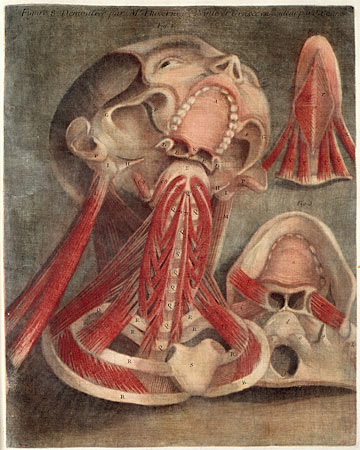
mezzotint uit Myologie Complette en Couleur et Grandeur Naturelle (1746)
D’Agoty was born in Marseille, and became a pupil of the painter and engraver Jacob Christoph Le Blon, with whom he became a rival for title of the invention of a method of an color-printing method based on etching and mezzotint engraving. He later exploited this process with his four sons: it is significant that he published a journal that included color printed images.
Gautier d’Agoty was elected a member of the Académie des Sciences, Arts et Belles-Lettres de Dijon, he teamed with the physician and anatomist Guichard Joseph Duverney to produce anatomical albums. Together with his son, Jean-Baptiste André Gautier-Dagoty, they produced a French Gallery and universal gallery of portraits of famous men and women, which only appeared in the first deliveries in 1770 and 1772. D’Agoty died in Paris.
Bron: en.wikipedia.org
Gautier d’Agoty was elected a member of the Académie des Sciences, Arts et Belles-Lettres de Dijon, he teamed with the physician and anatomist Guichard Joseph Duverney to produce anatomical albums. Together with his son, Jean-Baptiste André Gautier-Dagoty, they produced a French Gallery and universal gallery of portraits of famous men and women, which only appeared in the first deliveries in 1770 and 1772. D’Agoty died in Paris.
Bron: en.wikipedia.org
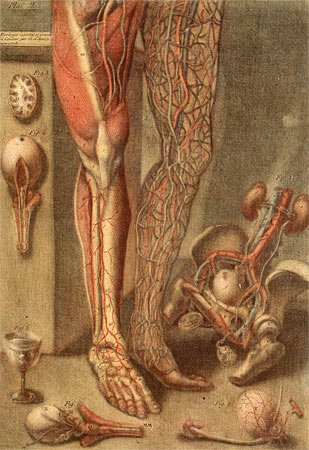
mezzotint uit Myologie Complette en Couleur et Grandeur Naturelle (1746)
Jacques Fabien Gautier d’Agoty (1716–1785) was de vader van de schilder Jean-Baptiste André Gautier-Dagoty (1740-1786) die vooral bekend werd door zijn portret van Marie-Antoinette uit 1775.

